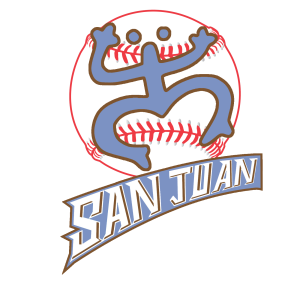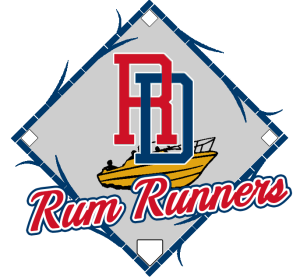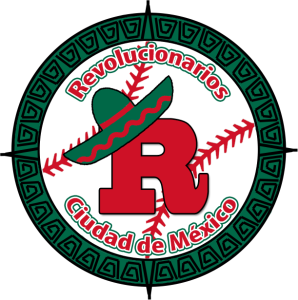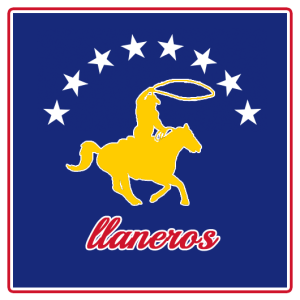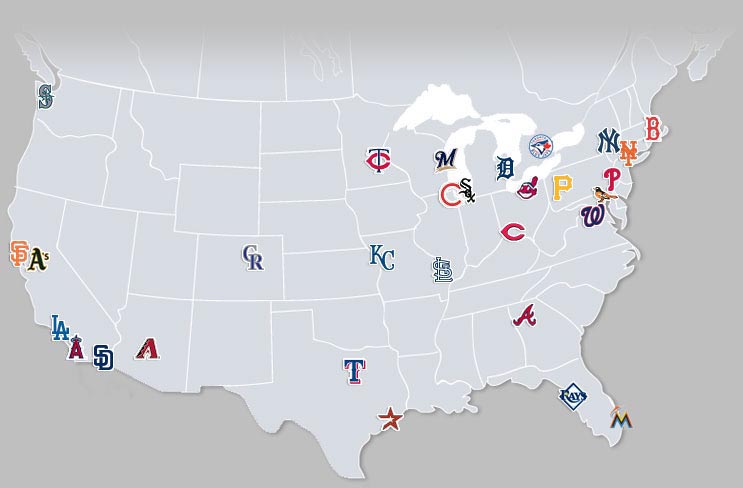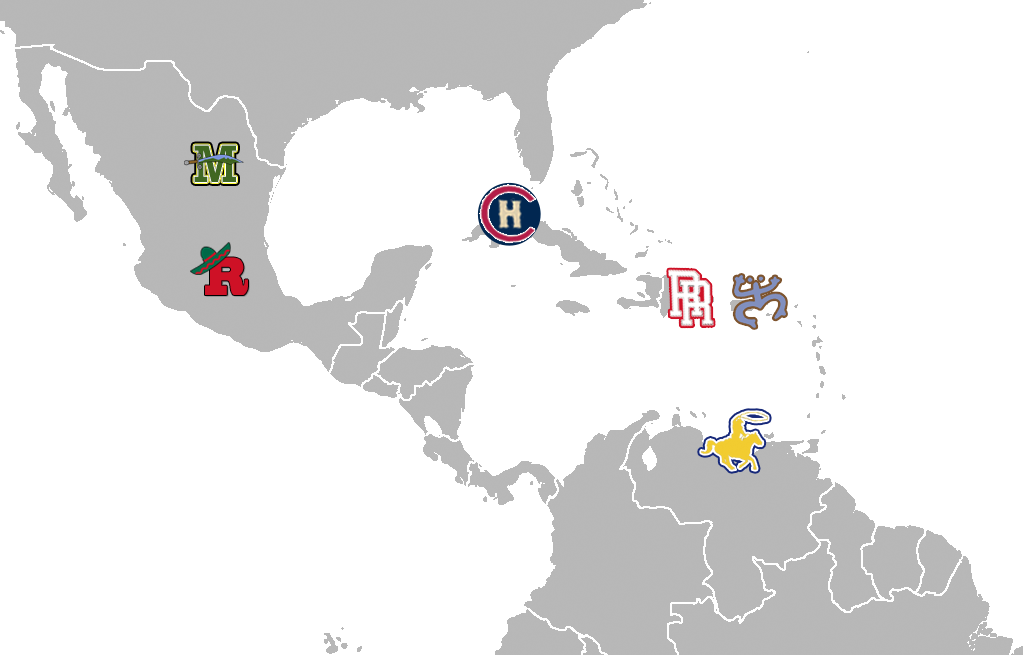Improving relations between Cuba and the US will probably have a lasting affect on baseball in both countries. Buster Olney wrote a very interesting piece on how things might change. He also touched on the idea of a Major League Baseball team eventually winding up in Havana.
Along with Havana, the rest of baseball-heavy, CONUS-proximate Latin America could be a great place to see MLB expansion. This is something that would be years, really decades away. Economics and security are big issues that would prevent this from happening soon. But let’s imagine, 20 or 30 years from now, when those situations are resolved, at least to the point that they wouldn’t prevent a successful MLB team. Where, besides Havana, would they go? Where should MLB expand* in Latin America?
Expansion Cities
Havana, Cuba
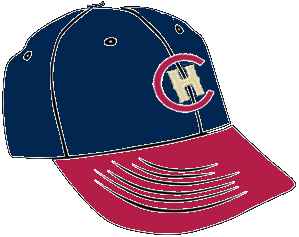 The idea for this post came about from dreaming about a team in Havana, so they get the top spot. And that’s ok, because Cuba is a baseball hotbed like no other. Havana would have a long way to go in order to get the kind of money needed to support a team.
The idea for this post came about from dreaming about a team in Havana, so they get the top spot. And that’s ok, because Cuba is a baseball hotbed like no other. Havana would have a long way to go in order to get the kind of money needed to support a team.
Selling luxury boxes would be difficult, and while many would want to go to games, prices would need to be depressed. So there would probably need to be some sort of revenue sharing in order to make it work. But if done right, I’m sure they could pack the stadium there.
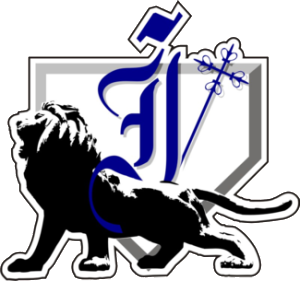
One idea is to use the logo and name of the perennial powerhouse, the Havana Industriales. The issue with this is that they are in many ways the Yankees of the Cuban National League. Loved by many in the country, but hated by many as well.
So, instead of that, perhaps they ought to have a new logo. It’s hard to imagine me designing a better logo than Todd Radom did for the Buster Olney article on the future of MLB in Cuba, where he floated the idea of a Havana team:
My Havana Cubans logo is up on the @ESPNBaseball site, via @Buster_ESPN pic.twitter.com/JrKKkpjyBZ
— Todd Radom (@ToddRadom) December 18, 2014
I could not equal this in design execution (as will soon be evidenced with the other teams), or concept, I absolutely love the integration of a cigar label there. I’d make one minor, single letter change, but let’s go with this logo, and call the Cuban team the Havana Cubanos.
Drink of choice during the game: Mohito. The Cuban drink is a combination of white rum, sugar, water/club soda, mint and lime. It’s a good mixed drink for a hot summer day.
San Juan, Puerto Rico
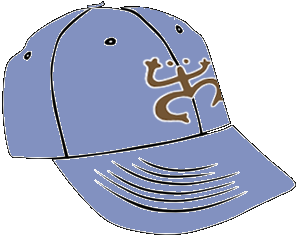 Puerto Rico is part of the US, the islanders are US citizens, they use the US dollar, and people can travel between San Juan and the mainland without a passport. It has a strong economy with a GDP per capita on par with countries like South Korea, Israel and Spain. A first world economy, San Juan is probably the best city in northern Latin America to host a team.
Puerto Rico is part of the US, the islanders are US citizens, they use the US dollar, and people can travel between San Juan and the mainland without a passport. It has a strong economy with a GDP per capita on par with countries like South Korea, Israel and Spain. A first world economy, San Juan is probably the best city in northern Latin America to host a team.
The country is home to all time greats like Clemente, Roberto Alomar, Ivan Rodriguez, Cepeda, Carlos Delgado, Bernie, Edgar, Yadier… all the way to Wil Nieves. It’s the most popular sport on the island, the only one with it’s own pro league. The pre-Nats did play some home games at Hiram Bithorn Stadium, so it’s a starting point, at least, for a venue.
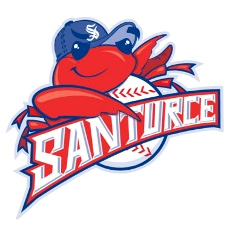
As for the name, we could look over to the PR winter league. Most teams have pretty overused sports names, but one that I do like is the Santurce Crabbers, based in San Juan. They have this great logo seen on the right, but I was hoping to use something that is more of a cultural reference. If you’ve heard the term Boriquen for Puerto Rico, it comes from the pre-Spanish Taino word for the island, Boriken. So we could go for the San Juan Borincanos, but we just had the Havana Cubans, and we can’t just do that for every team.
Historically, one thought would be to go with the first governor of the island, Ponce de Leon. But the dark side of colonization goes hand in hand with that. Instead, let’s go with something a little nicer, the coqui. The coqui is a small frog species, native to PR, and is an unofficial symbol of the island. There are actually Taino petroglyphs of the coqui that are pretty popular as a symbol, so I used that, and stole the lettering from the Santurce logo to come up with the San Juan Coquis:
This version of the frog would be recognizable to most Puerto Ricans. Of course, I expect there to be a guy in a frog suit walking around the stadium.
Drink of choice during the game: Can you really drink Pina Coladas at a baseball game? And I’m not a big fan of the local Medalla Light beer. So how bout we go with the insanely popular Gasolina, which is essentially a rum punch in a capri sun pouch (but with the alcohol of a strong beer).
Monterrey, Mexico
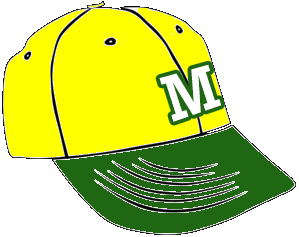 Monterrey has often been considered the front-runner in Mexico for expansion, despite being smaller and less wealthy than Mexico City. I’ll talk about Mexico City later, but here’s why Monterrey makes a ton of sense.
Monterrey has often been considered the front-runner in Mexico for expansion, despite being smaller and less wealthy than Mexico City. I’ll talk about Mexico City later, but here’s why Monterrey makes a ton of sense.
The population of the metro area is 4 M, just above Cleveland, and below Seattle and Phoenix. The GDP per capita of the metro region is on par with San Juan, and the best in Mexico. It is an industrial epicenter of Mexico, and is the home to many foreign companies’ offices. It’s also very close to the US, just an hour and a half from Dallas and Houston.
Mexico already has a AAA league, although the 16 teams are unaffiliated with MLB teams. Like Puerto Rico, it is home to a winter league, too. Mexico doesn’t have the Hall of Fame history like PR does, but there are some all time greats from the country including Fernando Valenzuela, Vinny Castilla, Joakim Soria and Esteban Loaiza.
Mexico is a baseball country, but Monterrey is the baseball capital, home to around 1/3 of Mexico’s little league teams and the largest baseball stadium in Mexico, holding 27,000. Like the others, it might need work to get to MLB standards, but it does have luxury suites. Monterrey tried to get the Expos to move there, before they ended up in DC.
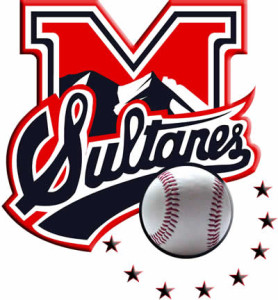
The history of the city could inspire some team names. It was founded mostly by Spanish Jews attempting to escape persecution in 16th c. Spain. But the Monterrey Crypto-Jews doesn’t sound quite right for a team name. When Monterrey became the industrial and economic engine of northern Mexico, it got a nickname, The Sultan of the North. Hence the Mexican League team, the Monterrey Sultanes.
I thought about going with the Federales, the badges or even the stinkin’ badges. I thought of the Cumbres de Monterrey – which would be the summits of Monterrey, also the name of a national park right outside the city. But any Cumbres logo idea is just too close to the Rockies, so, dammit, Sultans is just too good of a nickname. So, since I wanted to do something different with the logo, I made my own version for the Monterrey Sultanes:
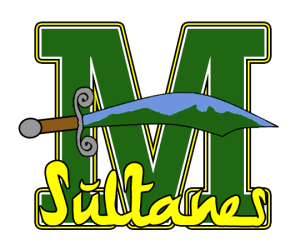 It’s not too different in terms of the concepts as the current team, just a reinterpretation. The M and the name stayed, but the fonts and colors are changed. The scimitar becomes much more prominent, and the image of the mountain which dominates views from the city, the Cerro de la Silla, is incorporated. This image would be something familiar to anyone who’s been to Monterrey, so I really wanted it in there.
It’s not too different in terms of the concepts as the current team, just a reinterpretation. The M and the name stayed, but the fonts and colors are changed. The scimitar becomes much more prominent, and the image of the mountain which dominates views from the city, the Cerro de la Silla, is incorporated. This image would be something familiar to anyone who’s been to Monterrey, so I really wanted it in there.
Drink of choice during the game: I am not much of a fan of Corona. But Dos Equis, a nice Vienna lager, is a damn fine beer. And the brewer is based in Monterrey, so that’s my choice for a Sultanes game.
Santo Domingo, Dominican Republic
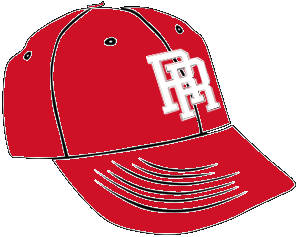 The Dominican Republic suffers from some of the same security issues that much of Latin America deals with, so once again this must be taken with the understanding that improvements will occur. In terms of independent states, it has the second biggest economy in the region, behind only Mexico. It’s GDP per capita technically puts it in the upper middle class, although it’s ranked right around Serbia, South Africa and China.
The Dominican Republic suffers from some of the same security issues that much of Latin America deals with, so once again this must be taken with the understanding that improvements will occur. In terms of independent states, it has the second biggest economy in the region, behind only Mexico. It’s GDP per capita technically puts it in the upper middle class, although it’s ranked right around Serbia, South Africa and China.
I’ve seen figures that give the Santo Domingo region a population range from 2.9 M, which would put it at the top of the bottom third of MLB markets, behind San Diego but above Tampa-St. Pete, to 3.8 M, which would put it more firmly in the middle, between Detroit and Seattle. It’s certainly big enough to support attendance, but again, there are the caveats about ticket prices that we had for Havana, although not nearly as pronounced.
Baseball is the top sport in the Dominican, although it currently claims edit: only one Hall of Famer two Hall of Famers Pedro Martinez and Juan Marichal. Congrats, Pedro! But that will change soon enough. Pujols, Vlad, Cano, Manny Ramirez, Beltre, Aramis, Sosa, and Big Papi all have good cases. Other greats like Miguel Tejada, Felipe Alou, Alfonso Soriano, Francisco Cordero, Jose Mesa, Bartolo Colon and Pedro Borbon are all from the DR as well. At the beginning of 2012, 11% of MLBers were from the DR, the highest of any country of origin other than the US. It also has a pro league that plays in the winter and competes in the Caribbean Series.
Logo-wise, we could tap into it’s history – the Spanish basically started the colonization of the Americas from there. But I don’t really want to call them the conquistadors. Most things that are associated with the nation don’t make for the best mascots, like the merengue, Oscar De La Rena or all-inclusive resorts.
But… like much of the Caribbean, it has a long history of sugar cane production. And with the bad that came from that, there is something very, very good – rum. So, although not unique to the Dominican Republic, rum production is a major symbol of the Caribbean. The DR also has one of the biggest brands of rum in the world, and, along with Cuba, was the source for the rum that Al Capone smuggled into the US.
So, much like the Brewers of Milwaukee, I chose a mascot that has to do with something that goes well with baseball – drinking! Deciding against the closest equivalent, the Distillers, I went with the Santo Domingo Rum Runners.
The border is a diamond, with bases, the edges are sugar cane, and the “RD” is taken from the hats used in the World Baseball Classic by the country (The letters are reversed from English for the Spanish name – Republica Dominica), although I suppose it might make sense to use an SD for Santo Domingo. The boat is there because, hey, they’re rum runners.
Drink of choice during the game: A rum rummer would certainly work well – it’s essentially a version of a rum punch. But my favorite of all the American Lager style beers that dominate the region is the Domincan Republic’s own Presidente. So I’ll go with that.
A Few Other Cities
There are a couple of other cities that didn’t quite make my initial and arbitrary 4 team cut. I went all in on designing logos for both of them, as well.
Mexico City
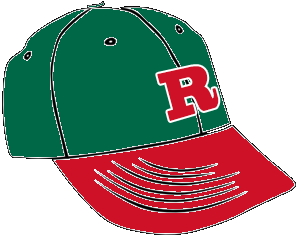 Mexico City is home to over 8 million people and the metro region to over 21 million people (slightly bigger than NY, the biggest US metro region). It’s also got a very strong economy, the city itself has a higher GDP per capita than the US, the metro region’s GDP is similar to Puerto Rico. There is also significant poverty in the region, and there is incredible income disparity. But still, it could be an interesting place for a team.
Mexico City is home to over 8 million people and the metro region to over 21 million people (slightly bigger than NY, the biggest US metro region). It’s also got a very strong economy, the city itself has a higher GDP per capita than the US, the metro region’s GDP is similar to Puerto Rico. There is also significant poverty in the region, and there is incredible income disparity. But still, it could be an interesting place for a team.
The problem with Mexico City isn’t economy, it’s topography. The city sits in a valley that is, at minimum, around 7,200 feet in elevation. This is about 2,000 feet higher than Denver. It would make for quite the hitters park, so until they figure out how to “fix” the issues in Denver, they won’t be coming to Mexico City.
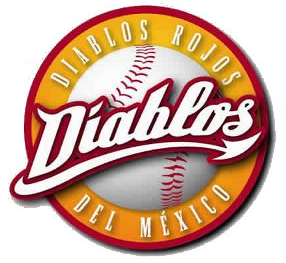
The Mexico City stadium, Foro Sol, is currently home to Los Diablos Rojos del Mexico, and once again, can serve as a starting point. Once again, we could just steal the logo and mascot in use, this time for Los Diablos Rojos. I like it but, again, something more representative of the country would be nice.
An obvious choice for a mascot would be the Aztecs, and with something like 15 million people in the country who consider themselves indigenous (not all of Aztec roots), something might be possible there… but I think it’s best to avoid using that one.
I thought of the image of the “bandito” – with the big sombrero and the bandoliers – but that has issues of its own. That bandito image, though, is similar to that of the Mexican revolutionaries of the early 20th century. Revolutionaries like Pancho Villa, Emiliano Zapata, and Alvaro Obregon are still national heroes in Mexico, and their troops (at times they themselves) looked like the hollywood bandito.
But these were military leaders and rebels, so while the revolutions weren’t always angels, this is less a Mexican stereotype version of the Pittsburgh Pirates, and is much closer to the Texas Rangers (who saw action, at times ignoble, in the Mexican Revolution), and probably closer in spirit to the New England Patriots, as far as pro nicknames go.
With that concept, I created a logo for the Mexico City Revolucionarios:
Not being able to totally ignore them, the outer ring is supposed to invoke the Aztecs. The seams of the baseball are prominent, to be somewhat reminiscent of the bandoliers that always seem to be on pictures of the leaders of the revolution. A better artist could have made a baseball seam/bandolier mashup, but alas, you are stuck with me. And finally, the sombrero, while stereotypical, seems to have been ubiquitous on the revolutionary soldiers. As for the colors, it uses the red, white and green from the Mexican tricolor flag.
Drink of choice during the game: Americans know the Margarita better, but tequila (a 100% authentic Mexican liquor) is probably used more in Mexico for a drink called the Paloma. It’s tequila and grapefruit soda, maybe with a bit of sugar and lime juice, and it sounds delicious.
Caracas, Venezuela
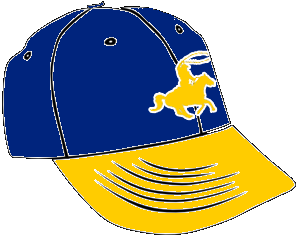 Venezuela is a bit of a mess right now. Some statistics say it is one of the most dangerous countries in the world, it’s where Wilson Ramos got kidnapped, and it may be on the verge of economic collapse. But that’s not why I left it off the list. It’s just too far away to be conceivable now. The closest city, Miami, is close to 3 1/2 hours away. Geography makes it unworkable.
Venezuela is a bit of a mess right now. Some statistics say it is one of the most dangerous countries in the world, it’s where Wilson Ramos got kidnapped, and it may be on the verge of economic collapse. But that’s not why I left it off the list. It’s just too far away to be conceivable now. The closest city, Miami, is close to 3 1/2 hours away. Geography makes it unworkable.
But pretend, for a moment, the economic situation changes drastically for the better, and United starts flying scramjets on the regular. Caracas is a big city – with over 3.2 million in the city and 5.2 M in the metro region, a number that would rank 10th in the US, just behind Atlanta. And Venezuela is a great baseball country. Besides Mexico, PR and the Dominican, Venezuela is the other country that has a MLB-affiliated winter league. It ranks behind only the DR in terms of non-US-born major leaguers in the game today.
It also only has one HOF-er, Luis Aparicio. Some current MLB stars, besides the aforementioned Ramos, are from the country, including Miguel Cabrera, King Felix, Anibal Sanchez, K-Rod, Sandoval, and Victor Martinez. Recent stars like Bobby Abreu, Johan Santana, Andres Galaragga, Magglio, Omar Vizquel, and Dave Concepcion are also from the country.
One idea I had for a team name was the Libertadores, after Simon Bolivar (aka the George Washington of South America), Caracas native. But it’s sort of naming it after one guy, and that just isn’t really done in MLB. So instead, I went with the llaneros. These are not only the cowboys of Venezuela, much like the gauchos of Argentina, but they are the original cowboys of the Americas. Borrowing some concepts from the Wyoming Cowboys, here’s the logo Caracas Llaneros:
The silhouette idea is from Wyoming for sure – it’s the first thing I thought of with the idea. I also used the colors of the flag here, and the stars on top are taken directly from the Venezuelan flag.
Drink of choice during the game: I’ve never been to Venezuela, and I haven’t been able to interview Ozzie Guillen to see what he’s likes to drink before his press conferences. But the internets tells me beer is very big there, and Polar is the biggest brewer. So we’ll go with a nice cold bottle of Polar Pilsner.
Mapping it Out
There you have it, some justification for some cities that should be considered for eventual expansion to Latin America. And, in the case of Mexico City and Caracas, some reasons why they wouldn’t work as well, although deserve mention for their sizable fanbases and devotion to baseball.
I don’t want to get too hung up on which division would make the most sense, but in terms of travel times, these cities might not bad as bad as you might think. Havana is so close to Miami that the difference in times there are negligible. Monterrey could line up well with the West cities – the furthest flight in the NL West would be from SF, 3 1/2 hours away. It takes just under 4 hours to fly from New York or Washington to San Juan, and a little bit less to Santo Domingo. This is about an hour longer than the New York to Miami flight.
In other words, the longest flights for the four teams I picked here compare well with some other extreme ends of the current divisions. In the AL West, Seattle to Houston is just over 4 hours, less than SF-Monterrey. In the AL East, Boston to Tampa is 3 hours, and the Central divisions… well, the Centrals could take buses to play each other. But in general, this isn’t a logistical nightmare, in terms of distance, which is part of the reason why I picked these cities.
So, just because I like maps, I created something similar to the CBS Sports map of MLB teams to throw in the expansion teams in the south. Here’s the original:
And here’s the southern view:
That’s all I’ve got. You got any cities that would fit better? Or maybe a different mascot or logo? Share your ideas on the comments.
*Perhaps, if MLB expansion is too ambitious, another idea would be to create minor league teams down there, beyond the pro winter leagues, which are affiliated with MLB. One way to do this would be to expand a current minor league, or move low-drawing teams. This could certainly work, but a more ambitious idea might be to create a new regular season minor league.
This new league could be a lower-tier league focused on developing young players from the region. It would give them the opportunity to learn how to live as a pro player and deal with the travel and the atmosphere of an actual team, without making them move to the mainland US. Think of it as a step above a Dominican academy. Then they can move on to high-A or whatever in the mainland and still get to form a relationship with the rest of their future MLB teammates.


